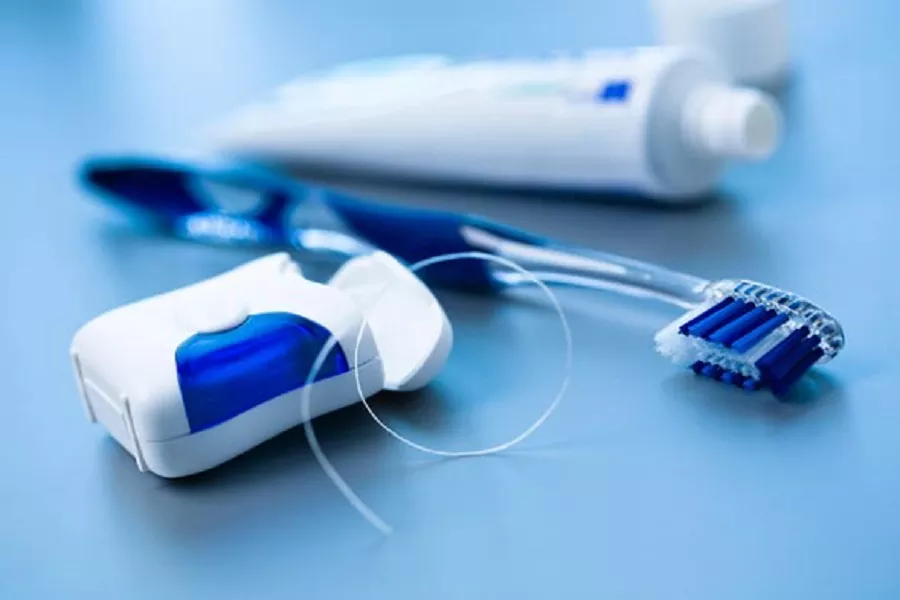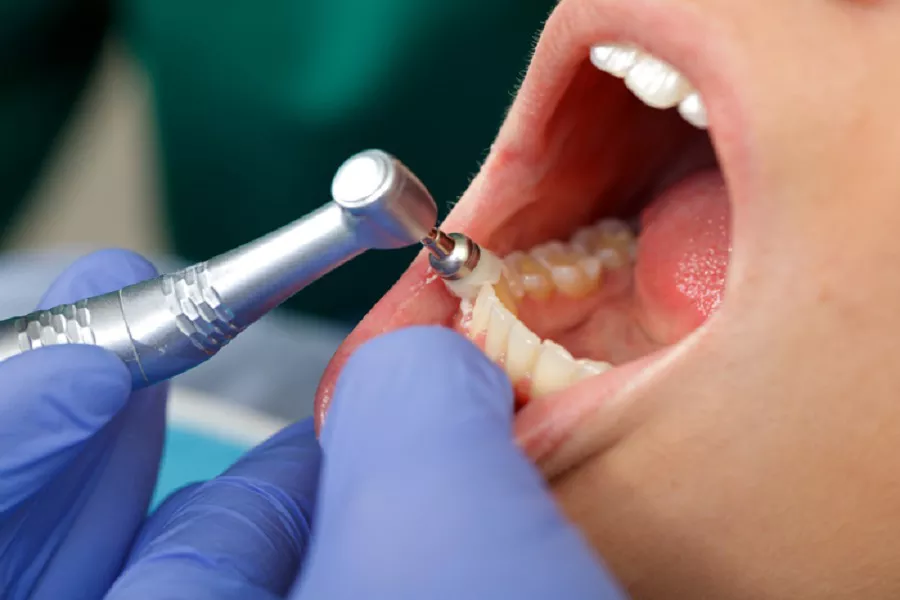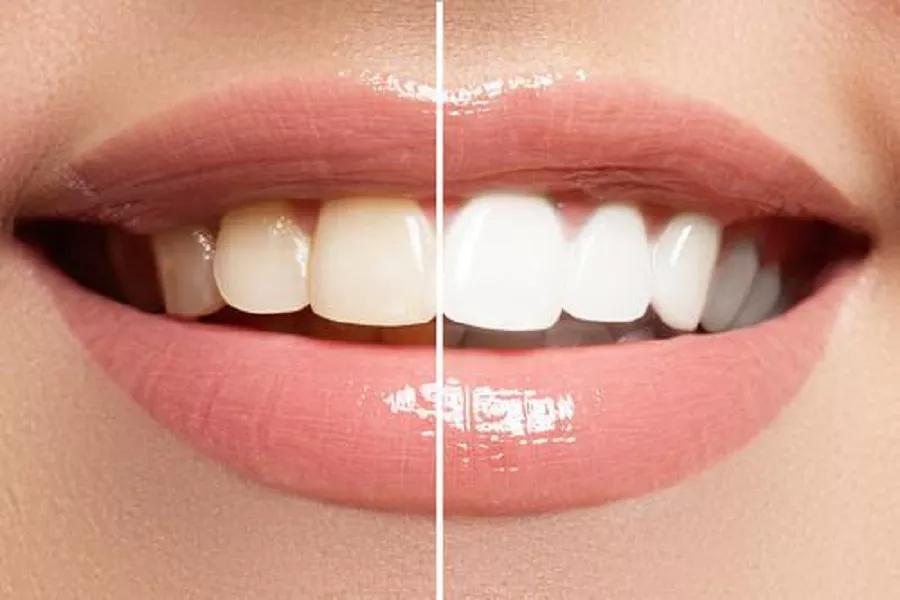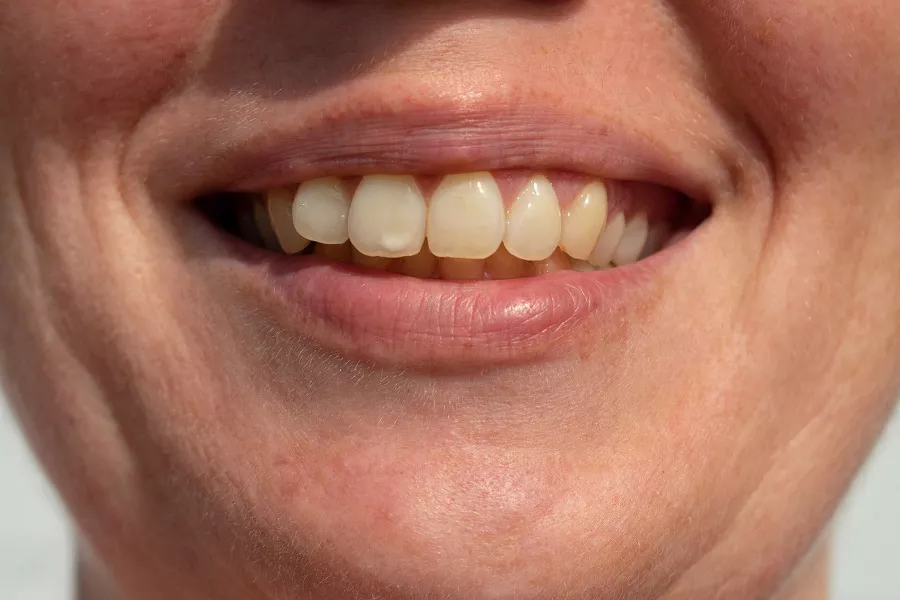Teeth cleaning is commonly known as scaling, and the medical term is called “scaling”. The so-called “cleaning” is to remove bacteria, calculus, pigment and other tartar on the tooth surface; and “treatment” refers to one of the basic methods of treating periodontal disease. The inflammatory conditions of gingivitis and periodontitis can be reduced by cleaning your teeth. Why clean your teeth? Plaque is the culprit of periodontal disease, and it will continue to re-form on the tooth surface after it is removed. The plaque removal is not in place, coupled with the gradual deposition of mineral salts in saliva, tartar will form over time. The presence of calculus makes the plaque in close contact with the tissue surface, causing an inflammatory response of the periodontal tissue. In addition, the porous structure of calculus also easily absorbs a large amount of bacterial toxins, and calculus can also hinder brushing. If it is not removed for a long time, it may cause gingivitis, periodontitis, bleeding gums, bad breath, and eventually loose teeth or even fall off.
Once formed, tartar cannot be removed by brushing. According to the different parts of calculus deposition, it can be divided into supragingival calculus and subgingival calculus based on the edge of the gums. Tooth cleaning is mainly responsible for removing supragingival calculus. The subgingival calculus is removed together. Due to the consumption of some foods and colored beverages, some pigments will also accumulate on the teeth. Pigment deposits are especially noticeable in people who smoke and drink dark beverages for a long time, which can have a great adverse effect on the appearance of teeth. These pigments are also removed during the supragingival scaling. However, since the tooth surface is not as smooth and flat as a mirror surface, it is impossible to completely remove the pigment, and there will always be some pigment remaining in the depression on the tooth surface. What is dental calculus? Dental calculus, also known as calculus, is usually found on the surface of teeth at the opening of the salivary glands. It includes the lingual surface of the lower front teeth, the buccal surface of the upper back teeth and the neck of the teeth, as well as the surfaces of the teeth where the oral mucosa cannot move. Dental calculus begins as a milky, soft scale that hardens as it gradually calcifies. It is composed of 75% calcium phosphate, 15% to 25% water, organic matter, manganese phosphate, calcium mineral acid and trace amounts of potassium, sodium and iron. And appear yellow, brown, or black. Dental calculus is an important pathogenic factor in the development of periodontal disease. If you do not pay attention to developing good oral hygiene habits, even after thorough cleaning, calculus can easily and quickly re-deposit on the tooth surface.
Causes of calculus formation:
1. Due to the reduced carbon dioxide concentration in saliva, inorganic salts are precipitated on the tooth surface.
2. It is formed due to the hydrolysis of organophosphorus by the phosphate enzyme of degenerating cells to produce phosphorus and precipitate on the tooth surface.
3. The saliva is alkaline due to the increase of the pH value of the saliva, which causes the protein in the saliva to decompose, releases calcium salts, and precipitates on the surface of the teeth.
4. It is related to the concentration of saliva. The higher the concentration, the easier it is to precipitate. The speed, shape and hardness of calculus formation varies from person to person, but generally new calculus takes 12 to 15 hours. Rapidly forming calculus is softer and more brittle than slowly forming calculus. All newly formed dental calculus is soft and will gradually harden after a period of calcification. Therefore, at the beginning of the formation of dental calculus, it is easy to remove dental calculus by using oral cleaning method or brushing method, but it is difficult to remove it after calcification. The harm of dental calculus: dental calculus is a foreign object to the oral cavity, it will continuously stimulate the periodontal tissue, and will compress the gums, affect the blood circulation, cause the bacterial infection of the periodontal tissue, cause inflammation and shrinkage of the gums, and form periodontal disease. pouch. When the periodontal pocket is formed, it is more likely to accumulate food residues, plaque and calculus, and this new accumulation further destroys the deeper periodontal ligament. The supporting tissue is completely destroyed, and the tooth is eventually extracted. How to prevent calculus: Brushing your teeth is an easy and effective way to prevent calculus from forming. The deposition of dental calculus is gradually formed from less to more. Regular brushing can remove the tartar and calculus that have just begun to deposit on the tooth surface in time. Therefore, you should insist on brushing your teeth. If you wait until the calculus deposits are very thick and tightly attached, you must be assisted by a dentist to remove them. In addition, due to the high viscous and heavy sugar content of fine food, it is easy to deposit on the tooth surface. Therefore, you should eat less fine food, or you must brush your teeth and rinse your mouth after eating. Eating fine foods such as biscuits and cakes before going to bed, in particular, is not only easy to form dental calculus, but also causes dental caries. Therefore, you must develop good habits of brushing your teeth and maintaining oral hygiene. The significance of teeth cleaning: before cleaning the teeth, the doctor will check the whole situation of the oral teeth, because some patients will have serious caries and periodontal disease, and the teeth can only be cleaned after treatment; when cleaning the teeth, the doctor will Concentrate on removing bacteria, calculus, pigment and other tartar on the teeth, and clean the dead corners that are difficult to clean with normal brushing, so as to avoid leaving a place for bacteria to grow; If not treated in time, the pain will be unbearable for the patient, and it will aggravate the condition of periodontal disease. For some patients with mild to moderate periodontitis, the doctor will use topical medication and provide corresponding treatment suggestions. After cleaning the calculus, a polishing agent will be applied to the surface of the teeth to restore the normal structure of the teeth and delay the formation of scale. In addition, tooth cleaning also combines “cleaning” and “treatment”, which can not only remove bacteria, tartar, pigment and other tartar on the tooth surface, but also remove deep tartar, and further treatment after cleaning. Diagnosis and professional oral treatment, prevention and treatment of oral diseases.
Reminder: For more knowledge about bad breath, discolored teeth, coffee tooth, etc., please pay attention to: padmel.com, to provide you with comprehensive and professional teeth whitening, cold light whitening, ultrasonic cleaning and other dental care.






























